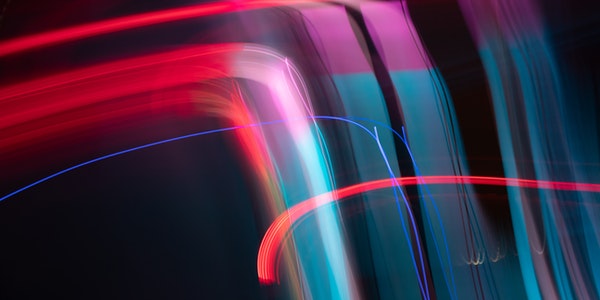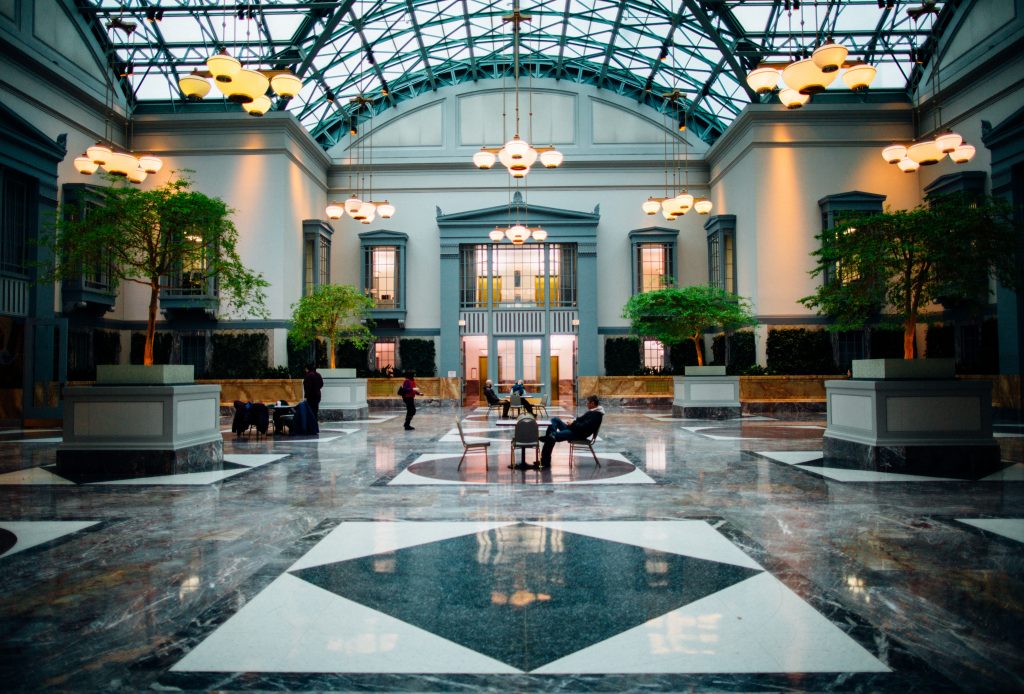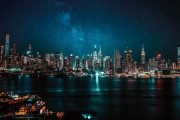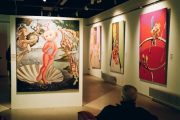The Procedure and Method of Art Lighting Design
Excellent design procedures and methods are the premise and guarantee of design materialization. When every step and every element required in the procedures and methods are well done, excellent design will be formed. Lighting art lighting design process includes four parts: analysis, creation, communication & modification and final scheme.
Lighting art analysis
- Function and property analysis of the object. It determines the direction and depth of night scene performance.
- Audience analysis. The cultural circle and level to which the viewer or main experiencer belongs, as well as the previous structure of culture. It determines the direction of the design text (the title of the work before it is read by the readers) to be read and the degree of meaning reduction, which is another key factor for the success or failure of the work. It has a profound impact on the nature of the concept of the theme – whether it is pure formalism, or a certain emotion of realism, or a certain feeling of romanticism, and so on.
- Location analysis. It mainly refers to the point of view analysis of performance. It includes nearsightedness and farsightedness, and each includes a primary viewpoint, a secondary primary viewpoint and a secondary viewpoint. The image of the object is the carrier of the design and the starting point of the design.
- Structural analysis. The structure of the object to be shown affects the style of expression – the light needs to be seen but not the light needs to be seen – affects the later installation and construction and the overall aesthetic feeling, which is the basis of lighting design and the core element of the design carrier (similar to the material nature of painting paper in painting).
- The concept analysis of daytime scenery design. By analyzing and inheriting the excellent design concept of the designer, we can show it in the night scene design, and truly achieve the integration of day and night, and the ideological undertaking
- The relationship with the overall environment. Make the lighting design harmonious and consistent with the large regional environment.
After the above analysis, a series of theme concepts are conceived, and then the final theme concept is determined through comparison, synthesis and extraction. The design has also entered the second stage, the creation stage.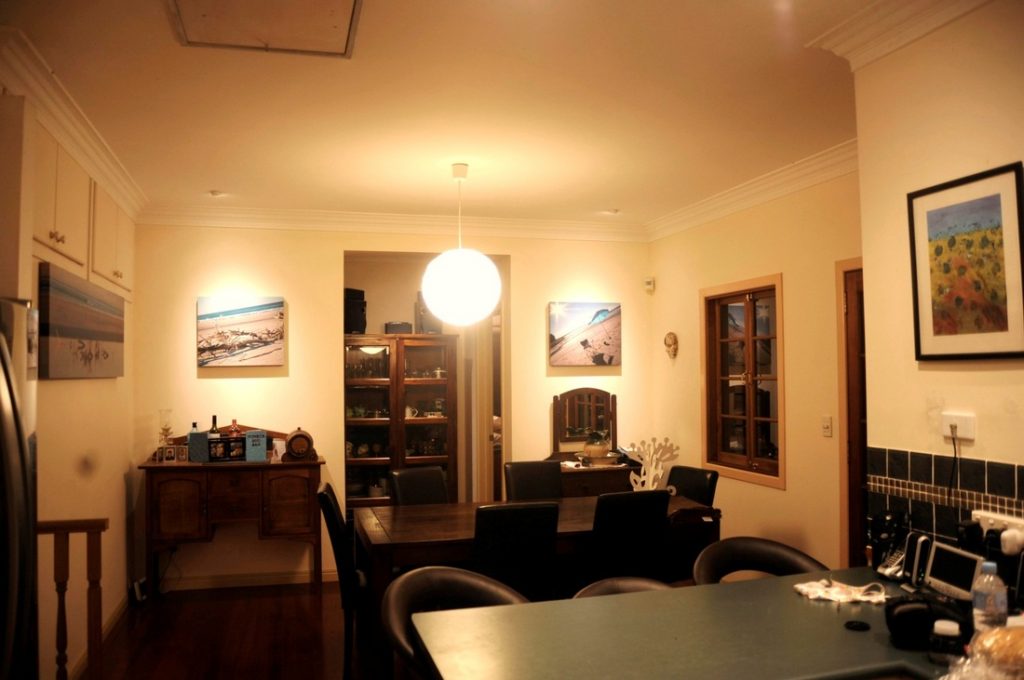
Lighting art creation
Before the creation, we should first solve several cognitive problems in the concept.
What is art?
- Art belongs to the category of aesthetics in the field of philosophy,
- Art is a kind of creation that can cause people to sigh. In other words, what cannot arouse people’s sigh cannot be called art. Every action, every sentence, every form can have artistic value. Anything can also be developed to the artistic level.
- The function of art is not only to please people’s eyes and ears, but also to appreciate the beauty. It can purify our souls, leading us to a new understanding of the world.
- The essence of art appreciation is to fill the gap between “image” and “meaning”.
The core values of lighting art creation
- Not to see things more clearly,
- It’s not to show all the scenery in the field of vision,
- It is to create works with taste, value, connotation, artistic conception and soul. It has a direct impact on people’s hearts. The external manifestations are:
★Natural light: let people feel comfortable in the space of light
★Emotional light: create the right atmosphere and mood with the most advanced technology
★Creative light: designing light into art
★Light with artistic conception: let people feel the beauty in life, and play a role in people’s heart
★Magic light: special time, can render a warm atmosphere
Evaluation criteria of lighting art works
Five levels of artistic conception. Rubbish (should not exist at the beginning) – mediocrity (fast food copying, numbness) – surprise
Joy (enjoyment of art and beauty) – touching (exclamation of the beauty of life) – Zen (lingering aftertaste, eternal value).
Have night expression, have the ability to create different types of lighting scenes.
Static: visual shock. Or magnificent scenes, or freehand brushwork – similar to the feeling of splashing ink
② Dynamic: emotional expression. Delicate and touching.
Three stages of design:
- Early stage of effect schema
- The pure theoretical stage of meeting the realizability and lighting index.
- On the basis of theoretical analysis, the stage of perceptual speech is used.
Four design principles
Aesthetic effect, avoid glare, hidden lamps and energy saving and environmental protection
Under the guidance of the above-mentioned light art creation principles, according to the theme concept determined after analysis, the expression style and performance points are clarified. In the creative process, the following aspects of application and performance need to be clarified, which are the core elements of the success or failure of the work.
- Light and shadow: the contrast of light and shadow shows the sense of volume, three-dimensional and space of the building
- Less and more: express the richest connotation with the least amount of pen and ink
- Bright and dark: too dark, obscure effect, too bright, condemned by conscience.
- Dynamic and static: before designing dynamic effects, first ask yourself, what do I want to express? Is it necessary?
- Fast and slow: the control of dynamic lighting effect on the viewer’s emotion is reflected in the grasp of emotion.
- Warm and cold: Warm colors and cool colors have different visual perceptions, either warm or cold.
- White light and color light: in any case, the use of colored light should be cautious.
- Tangible and intangible: using the invisible light to shape the tangible.
- Artificial and natural: good works of art need to eliminate the abruptness of artificial manufacturing.
After the above steps finished, the concept, style and final landscape effect of the whole design will have a preliminary outline and image, and the conception stage of design creation is basically completed.
Artistic Expression of Lighting Design
Design principle of hierarchical lighting
The principle of hierarchical design can make people better understand the lighting design and realize the integrity and aesthetic effect of lighting.
Ambient light layers
The task of environmental lighting is to provide the overall lighting for the indoor space. It does not aim at the specific target, but provides the light in the space, so that people can move in the space and meet the basic requirements of visual recognition.
For the commercial exhibition space, in order to emphasize the design style and characteristics of the exhibition space itself, its environmental lighting generally adopts concealed lamp trough or inlaid lamps; and fluorescent lamps and compact fluorescent lamps become the first choice because of their high luminous efficiency and nearly perfect color rendering performance.
Some display space, such as jewelry display space, in order to obtain a dramatic effect, it is intended to increase the contrast between environmental lighting and key lighting, so as to emphasize the commodity and create an atmosphere.
Key lighting levels
Key lighting plays an important and prominent role. Its main purpose is to illuminate objects and displays, such as artwork, decorative details, commodity display and logo, etc. In most cases, it has adjustability, and the track lamp is probably the most common form. The adjustable lighting can adapt to the changing display requirements, such as the change of space position and decoration of exhibits. In addition, wall washing lamp and spotlight are also commonly used key lighting lamps.
Operation lighting level
This is to meet the requirements of visual operation in space. Due to the different environment and nature of work, there are different requirements for lamps and illuminance level. For example, professional studio requires higher and soft illuminance level, no glare, and higher requirements for the color rendering performance of lamps and lanterns; while parking lot, warehouse and other places do not have the same requirements for the light and color of lighting High. The basic principle is to reduce energy consumption as much as possible on the premise of meeting the operation requirements.
As far as the commercial exhibition space is concerned, its operation lighting mainly considers the smooth progress of goods storage, cleaning, sales settlement and collection. In the design of many such spaces, chandeliers with distinctive modeling characteristics are often set above the reception desk, which is not only convenient for operation, but also in line with the characteristics of the display space, and also provides a certain guiding role for customers.
Decorative lighting layers
The purpose of decorative lighting is to attract attention and show off style or wealth. The main intention is to provide decoration for the space, and play an important role in interior design and giving theme to the environment. The decorative lighting of commercial exhibition space is mainly reflected in the following aspects:
first, the space modeling and lighting mode of lamps and lanterns, second, the decorative effect produced by the color and light shadow changes of lamps and lanterns,
third, the decorative effect produced by the coordination of lamps and space and material surface, and then, the popularity brought by the application of some special and novel advanced lighting technologies Different decorative effects.
Decorative lighting plays an important role in the performance of space style and characteristics, and is the key part to be considered in the lighting design of commercial exhibition space.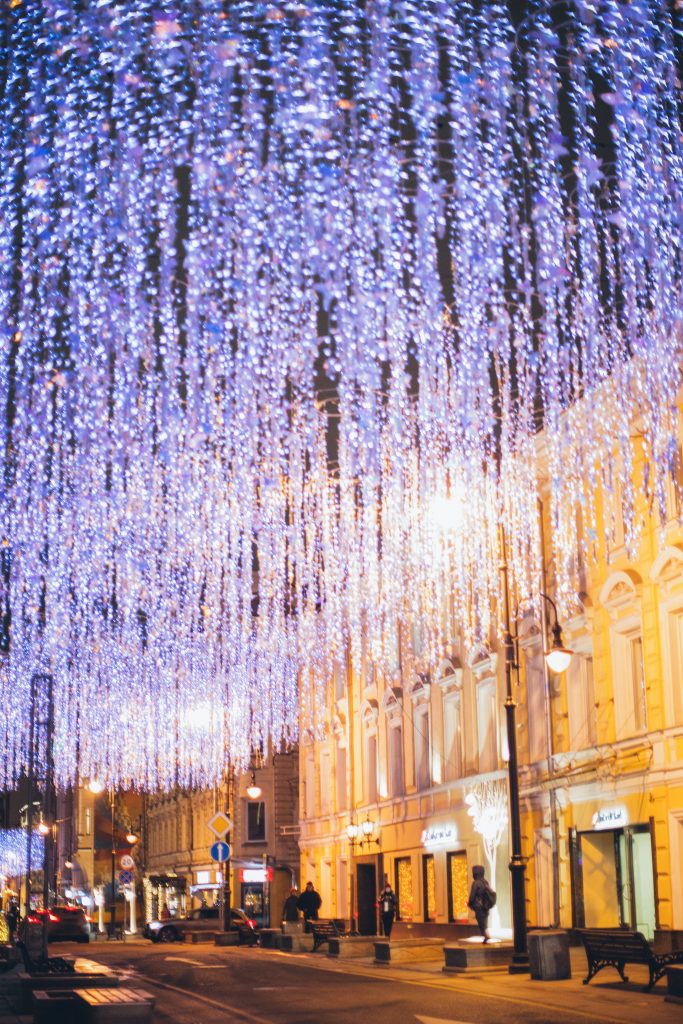
The manifestation of decorative lighting
- The appearance of lamps and lanterns and the decoration of their lighting methods.
The lamps with distinct modeling style can effectively strengthen the environmental characteristics: one is the traditional decorative lamps, because of the accumulation of history, they have a relatively clear implication and stable style. For example, the crystal chandelier represents the luxurious, elegant and dignified western style; while the paper wooden lattice floor lamp has a typical implicit, quiet and spiritual Oriental style.
The other is the decorative lamps produced by modern science and technology, such as LED (light emitting diode), neon, etc. they are small in size, can be made into any shape, produce any color of light, greatly improve the flexibility of design and production space and play room, new classic lamp design also emerge in endlessly. The lighting mode of lamps and lanterns can also be adjusted from the traditional manual control to the automatic control by computer program, which produces the magic decorative effect of regular dynamic change and change of color and illumination.
- The color of light itself and the decoration of light spot and halo
Colors can produce rich decorative effects, and proper use can have a positive psychological impact on people; while the light spot, halo and rhythm and rhythm formed by their arrangement and combination on the plane have a strong decorative effect. They can be projected on the interior space interface to make a “light painting”. Because the lighting itself is bright and eye-catching and the form is novel, if coupled with dynamic effects, it can often form a regional visual center, which not only attracts sight, attracts customers, but also facilitates the display of commercial space advertising.
- The decorativeness of light and shadow changes
Multi light projection combined with the change of illumination can produce more complex three-dimensional “light sculpture” effect. This can be applied to the entire exhibition space, or to a single exhibit that needs to be highlighted. For example, to enhance the outline of the exhibits with light, or to project different light beams from different angles to enhance the three-dimensional sense.
In addition, the lighting and space and material surface, some high-tech lighting technology applications can produce unexpected magical effect, the key is that the use of these decorative techniques need to consider the integrity of commercial display space, they should be subject to and serve the need to express the overall style and commodity brand image, express a sense of wholeness, at the same time, the application of points The principle of layer lighting is to make the space present a rich sense of layers (it is not that how many lamps and lanterns should be used when there are few lighting layers.
A light can have two or more lighting layers. Otherwise, your lighting levels will be confused.) On this basis, the pursuit of the perfect details.

